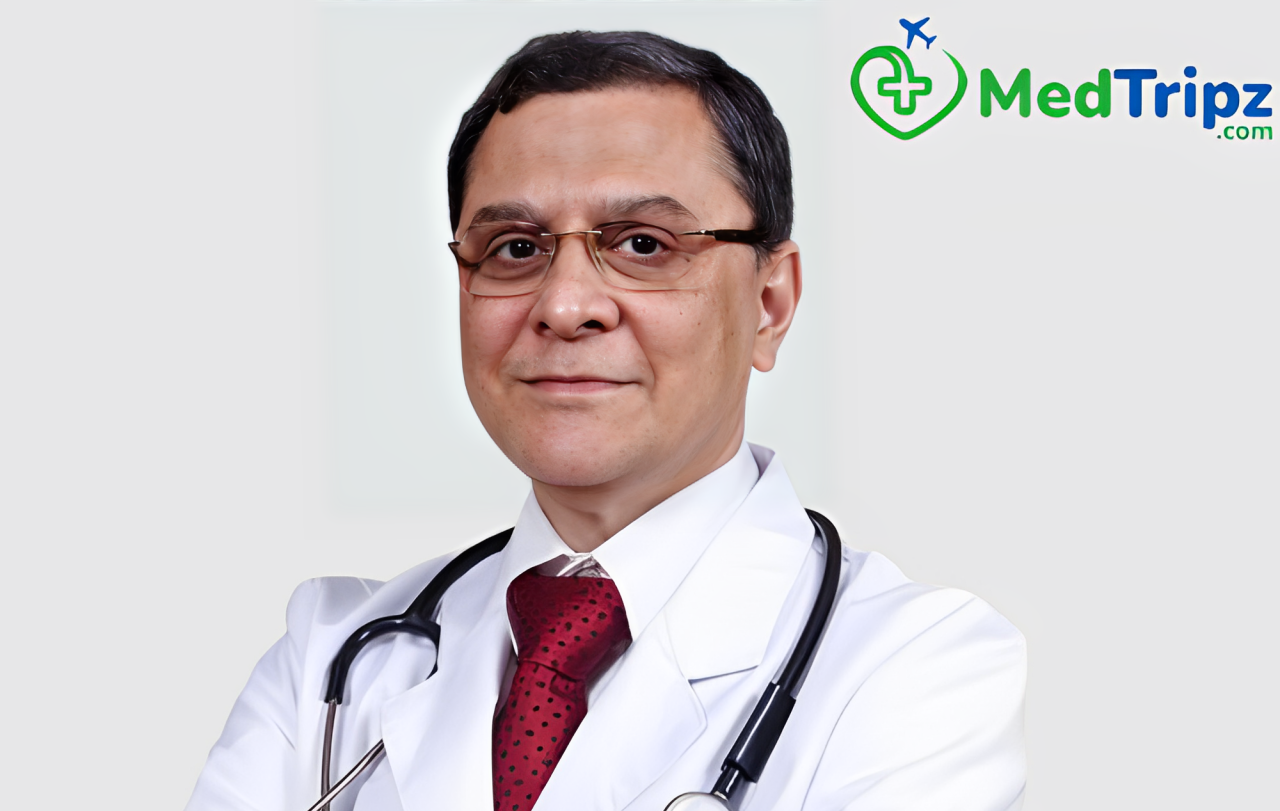Procedure Type
minimally invasive endoscopicProcedure Duration
1 - 2 hoursHospital Stay (Days)
2-3 DaysEUS-guided Gastrojejunostomy is an advanced endoscopic technique that creates a direct connection between the stomach and the jejunum (part of the small intestine). This procedure is performed using endoscopic ultrasound (EUS) guidance, primarily for patients who cannot undergo traditional surgical bypass.
During the EUS-guided GJ procedure, a specialized endoscope is inserted through the mouth into the stomach. The doctor then uses ultrasound imaging to visualize the stomach and jejunum, and a stent or needle is used to create an opening between the two. This creates a bypass to allow food and fluids to pass freely, relieving symptoms such as nausea and vomiting.
EUS-guided GJ offers several advantages over traditional surgical approaches. First, it’s minimally invasive, meaning there are no large incisions. It also leads to faster recovery, fewer complications, and typically a shorter hospital stay. This procedure avoids the risks of open surgery and is especially beneficial for patients who are not suitable candidates for traditional surgery due to age, comorbidities, or advanced disease.

CHAIRMAN-GASTROENTEROLOGY

MBBS,MD Medicine,DM Gastroenterology
EUS-guided GJ is typically recommended for patients suffering from gastric outlet obstruction caused by benign or malignant conditions. It is ideal for those who are not eligible for traditional surgery due to other health issues. This procedure is especially useful for palliative care in patients with pancreatic cancer, gastric cancer, or other malignancies that obstruct the stomach.
Although EUS-guided GJ is generally safe, there are some risks, such as bleeding, infection, or perforation of the stomach or intestines. However, these risks are rare, especially when performed by an experienced endoscopist. After the procedure, patients are monitored closely for any complications.
After the procedure, most patients are able to resume eating soft foods within a day or two, although they may be advised to stick to a liquid or low-residue diet for a short period. Hospital stay is minimal, and most patients can return home after a brief observation period. Pain and discomfort are typically mild, and any post-procedure symptoms usually subside within a few days.

Chennai, India

Mumbai, India

Gurugram, India
Honest Guidance, Reliable Support, Seamless Journeys.
Provide Us
Reports


Get Medical
Opinions


Pre-Arrival
Arrangements


Visa
Support


Assistance in
Treatments


Fly back and
Follow Up

